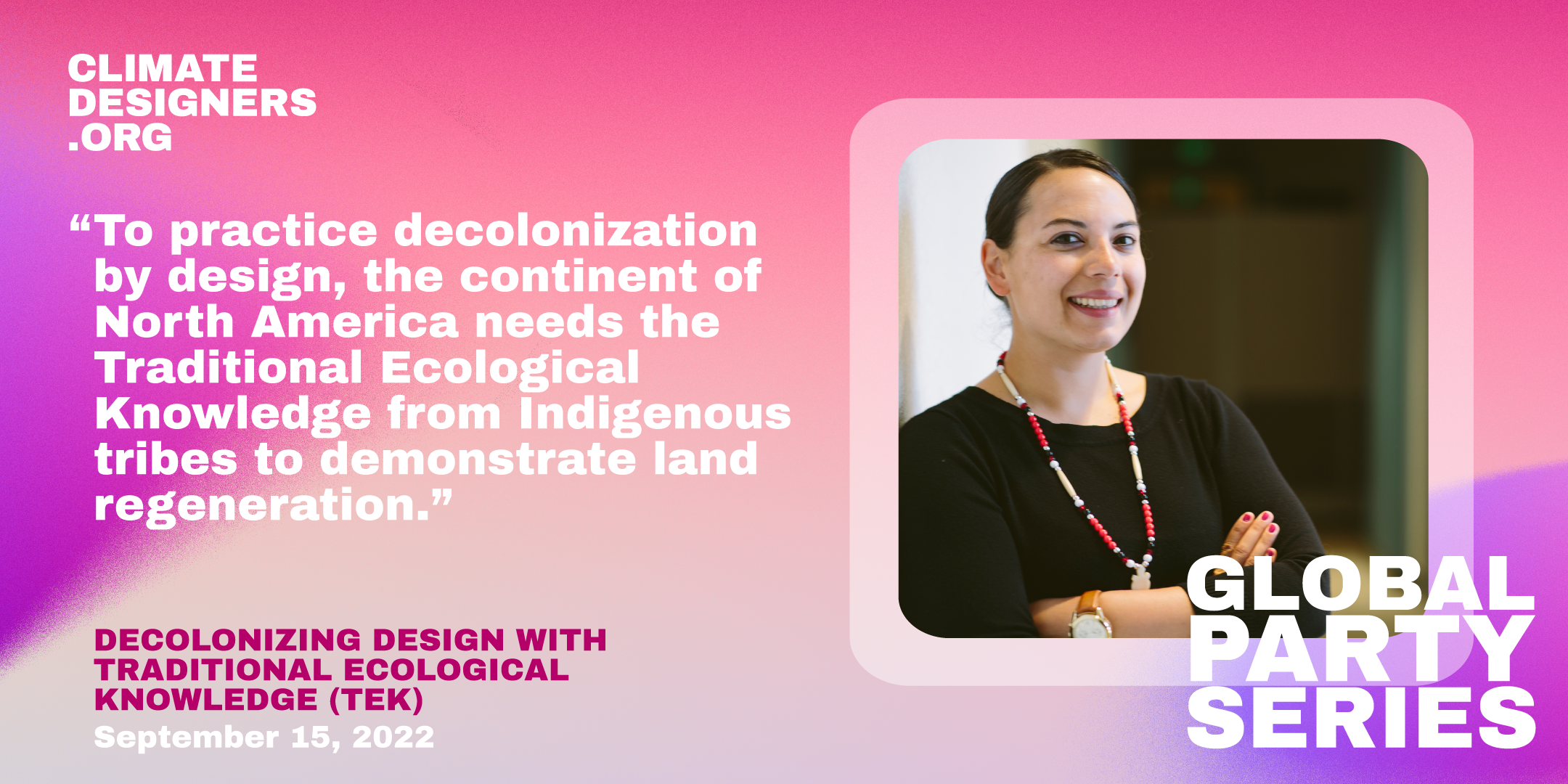Decolonizing Design with Traditional Ecological Knowledge (TEK) introduces methodologies and properties of materiality that incorporates significant Indigenous knowledge systems that relate to the place/land/environment, language, aesthetic, visual culture, history, and design. The presentation will support the continuum of Indigenous creative processes of reciprocity with the use of natural resource indigenous and available within land territories of North America. The understanding of reciprocity will allow designers and creatives to be mindful of exploitation of resources, as well as move towards greater tactics when combating global warming.
WHAT YOU’LL WALK AWAY WITH
Participants will gain a better understanding of the histories and contexts to Indigenous materials, methods, and natural resources used in visual media that focus on indigenous identity and reflect the process of reciprocity.
Participants will see greater visual representation methods when communicating with Indigenous sovereign nations with land tropes, as well as observe functional shifts in environmental justice and land rights of the Indigenous demographic that depend on visual sovereignty.
Participants will be encouraged to increase their cultural competencies in their research processes when using a Traditional Ecological Knowledge framework in their systemic design and/or visual communication practices.
AGENDA
5 min: Introduction
45 min: Presentation
15min: Q&A and Discussion
RSVP
This event is free for supporting members of Climate Designers — sign up here and get your first month free, cancel anytime.
Listen to our interview with Sadie on Climify
ABOUT THE SPEAKER
Sadie Red Wing is a Lakota graphic designer and advocate from the Spirit Lake Nation of Fort Totten, North Dakota. Her research on cultural revitalization through design tools and strategies created a new demand for tribal competence of decolonization in research. Red Wing urges Native American graphic designers to express visual sovereignty in their design work, as well as, encourages academia to include an indigenous perspective in design curriculum.


